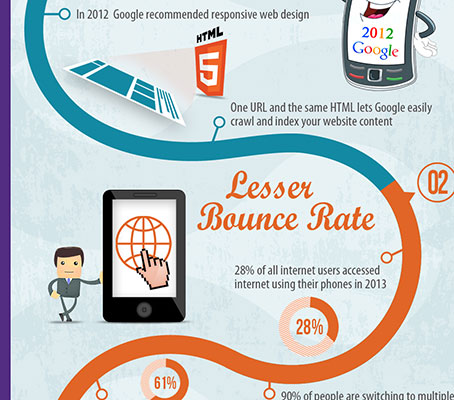Intrigued In Discovering Just How Web Site Layout Has Advanced For Many Years? Discover The Journey From Straightforward Styles To User-Centered Approaches
Intrigued In Discovering Just How Web Site Layout Has Advanced For Many Years? Discover The Journey From Straightforward Styles To User-Centered Approaches
Blog Article
Written By-Hartley Lunde
In the past, internet sites were straightforward and focused on information. Navigation was straight, and design was for desktops. Now, individual experience is key. Information guides layouts for very easy navigation. Receptive designs suit different gadgets. Today, dark mode decreases strain, and minimalist food selections improve navigating. Interactive functions involve users, and strong visuals attract attention. AI integration enhances engagement. See how layout has evolved to boost your on the internet trip.
Very Early Days of Website Design
In the very early days of web design, simpleness preponderated. Web sites were standard, with minimal shades, typefaces, and designs. The focus got on supplying info rather than showy visuals. Individuals accessed the internet via slow-moving dial-up links, so speed and functionality were crucial.
Navigating food selections were straightforward, usually situated at the top or side of the web page. Internet sites were made for computer, as mobile surfing had not been yet common. Web content was king, and developers prioritized easy readability over intricate design elements.
HTML was the key coding language used, and developers needed to work within its restraints. Animations and interactive features were marginal contrasted to today's criteria. Web sites were fixed, with little dynamic content or individualized user experiences.
Increase of User-Focused Design
With the evolution of internet site layout, a change towards user-focused design principles has become progressively prominent. Today, creating internet sites that prioritize user experience is essential for engaging visitors and achieving service goals. User-focused design includes comprehending the needs, preferences, and actions of your target audience to customize the website's design, material, and features accordingly.
Developers currently carry out extensive research study, such as individual surveys and usability testing, to collect insights and responses directly from individuals. This data-driven technique helps in creating user-friendly navigating, clear calls-to-action, and visually enticing interfaces that reverberate with site visitors. By positioning the individual at the center of the design procedure, internet sites can supply a more personalized and delightful experience.
https://www.howard-bison.com/grow-your-business-with-a-full-service-digital-marketing-firm/ has also emerged as a crucial element of user-focused layout, making certain that web sites are optimized for numerous tools and screen dimensions. This adaptability improves access and usability, dealing with the diverse means individuals interact with internet sites today. In essence, the surge of user-focused design represents a change in the direction of producing electronic experiences that focus on the demands and assumptions of completion customer.
Modern Trends in Website Design
Explore the most up to date patterns forming web design today. One noticeable trend is dark setting layout, providing a smooth and contemporary look while decreasing eye pressure in low-light environments. An additional essential pattern is minimalist navigating, streamlining menus and enhancing user experience by concentrating on essential elements. Including micro-interactions, such as computer animated buttons or scrolling results, can produce an extra appealing and interactive internet site. Responsive style remains critical, ensuring smooth individual experiences throughout various devices. In addition, utilizing bold typography and asymmetrical layouts can include visual interest and accentuate particular material.
Incorporating AI technology, like chatbots for customer assistance or customized referrals, improves individual involvement and simplifies processes. Accessibility has likewise become a significant pattern, with developers focusing on comprehensive design techniques to satisfy varied user demands. Embracing sustainability by optimizing website performance for speed and performance is another emerging trend in web design. Collaborating with individual feedback and information analytics to repeat and improve design continuously is vital for staying appropriate in the ever-evolving electronic landscape. By embracing these modern fads, you can produce an aesthetically enticing, straightforward internet site that reverberates with your audience.
Conclusion
As you review the development of internet site style from the early days to currently, you can see how user-focused design has become the driving pressure behind contemporary patterns.
Welcome the journey of adjustment and adaptation in web design, constantly maintaining the individual experience at the forefront.
Stay current with the current patterns and innovations, and never quit progressing your method to produce aesthetically sensational and easy to use internet sites.
Advance, adapt, and produce - the future of web design is in your hands.
